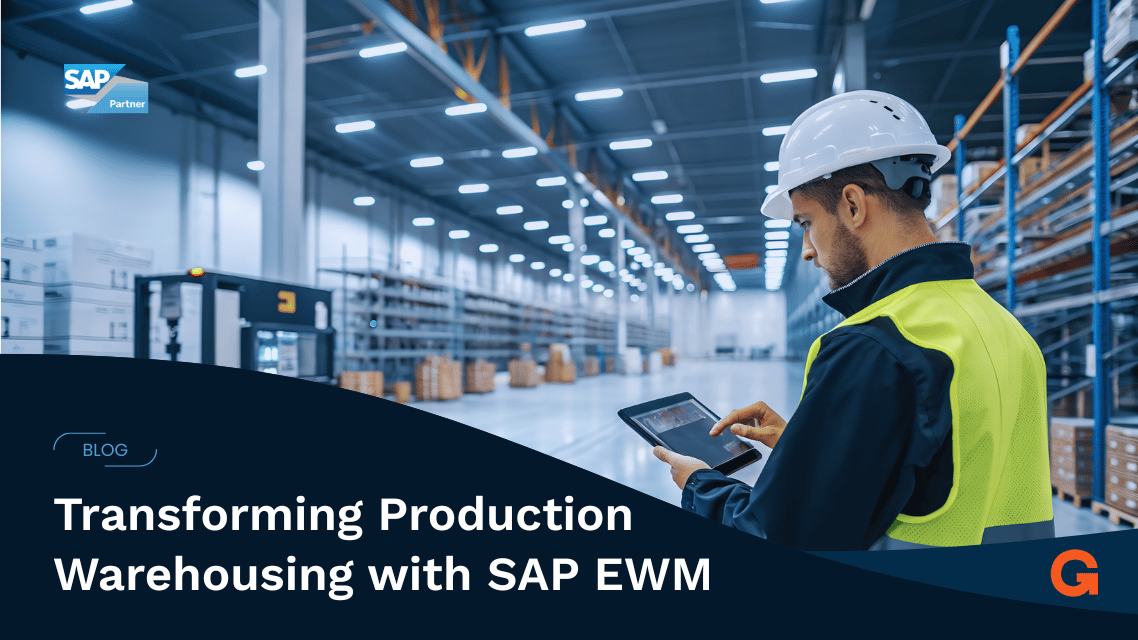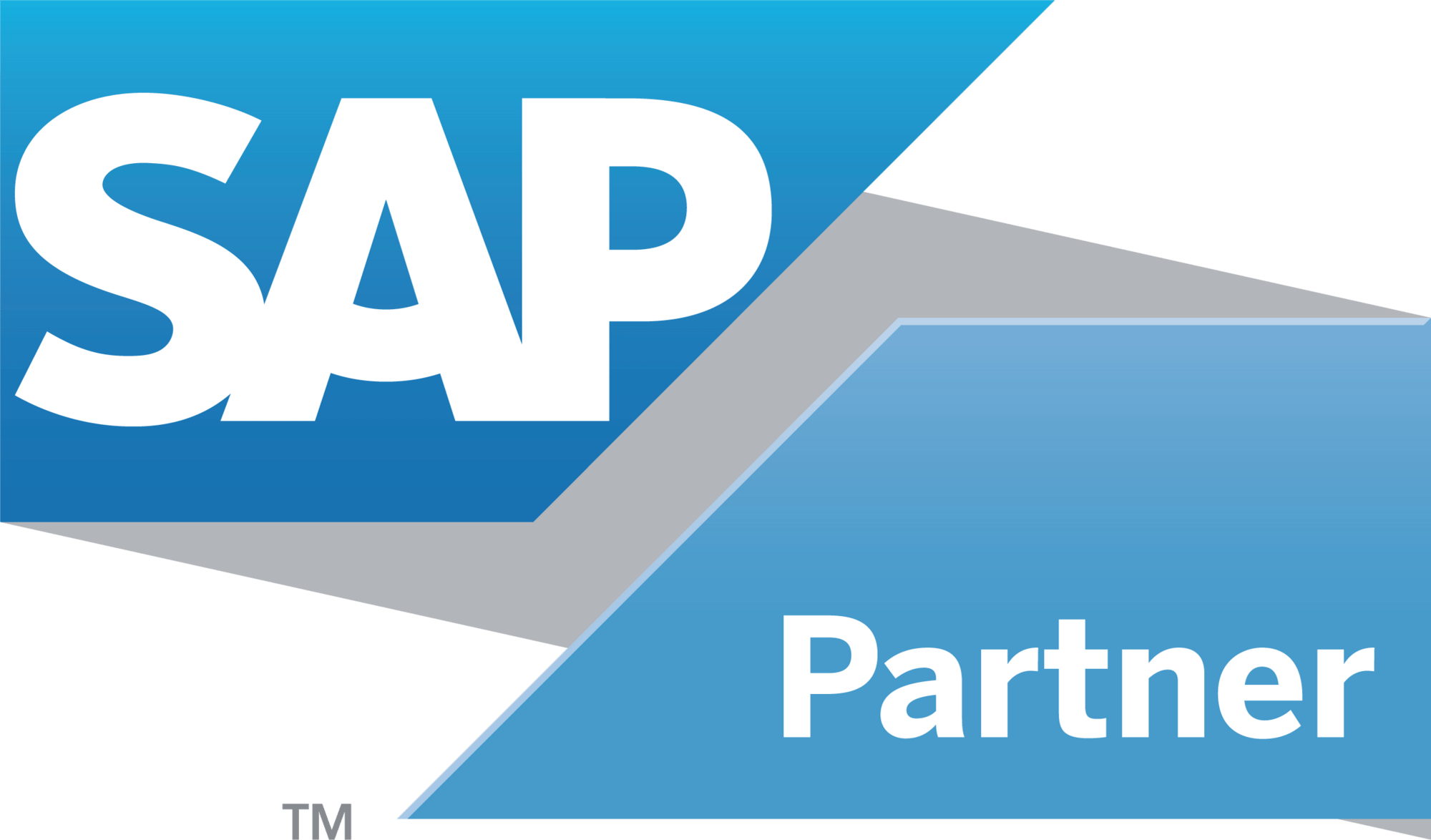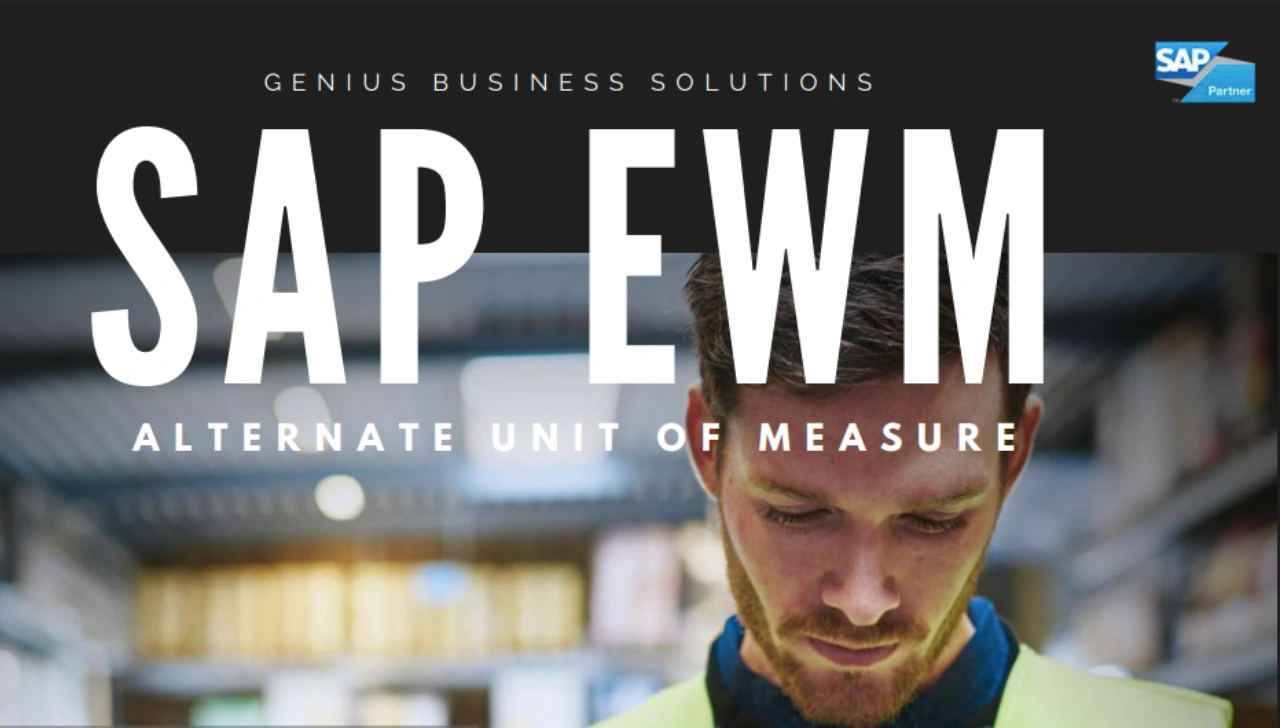With the SAP ECC support deadline fast approaching in 2027, enterprises are under increasing pressure to modernize their ERP landscape. As of mid-2024, over 37% of SAP ECC users had already transitioned to SAP S/4HANA. The remainder are gearing up for migration, recognizing the strategic benefits of this next-generation ERP platform. As organizations enter 2025, this is a critical time to formulate a clear roadmap toward SAP S/4HANA—especially as demand grows for cloud-native deployments, scalable infrastructure, and real-time decision-making capabilities.
In this guide, GBSI outlines the essential phases, migration strategies, and best practices to ensure a seamless, secure, and efficient transition to SAP S/4HANA.
Why Migrating to SAP S/4HANA in 2025 is Mission-Critical
SAP S/4HANA is not just an upgrade—it's an enterprise transformation enabler. Migrating from ECC allows organizations to reimagine their digital core with intelligent automation, embedded analytics, and streamlined workflows. Enterprise and SAP solution architects must start by conducting a detailed landscape assessment to identify system gaps, legacy limitations, and data dependencies.
Key business drivers for migration include:
- In-Memory HANA Database: Real-time data processing and reporting across business functions.
- Tight System Integration: Unified operations across finance, logistics, procurement, and more.
- Scalability & Innovation: Empowering agile business models with embedded AI, ML, and RPA capabilities.
- Regulatory Compliance & Data Governance: Ensuring alignment with industry-specific regulations and international standards.
Organizations partnering with certified SAP S/4HANA implementation experts like GBSI can benefit from deep domain experience, optimized delivery models, and reduced transition risks.
Strategic Roadmap for SAP S/4HANA Migration
A successful migration hinges on a well-defined strategy that aligns with business priorities, operational workflows, and future scalability. SAP estimates migration durations to range from 12 to 24 months, depending on complexity—making early planning essential to mitigate cost overruns and minimize disruption.
1. Define a Holistic Migration Roadmap
Establish a structured SAP S/4HANA transition plan by mapping legacy system dependencies, stakeholder priorities, and compliance requirements. Key questions to address:
- Will the migration standardize or re-engineer business processes?
- What new technologies (e.g., AI, analytics, mobile) will be integrated?
- How will the organization maintain business continuity during migration?
Setting a clear direction ensures project agility and informed decision-making across departments.
2. Choose the Right Deployment Model
Evaluate deployment options based on business size, industry, regulatory constraints, and IT maturity:
- Cloud (Public/Private): Offers rapid scalability and cost efficiency.
- On-Premise: Suitable for enterprises with stringent data residency and control requirements.
- Hybrid Models: Combine cloud agility with on-premise control, ideal for phased modernization.
Cloud-based SAP S/4HANA is rapidly becoming the preferred model due to its lower TCO, faster rollout, and integrated update cycles.
3. Perform a System Readiness Assessment
A pre-migration assessment is crucial to gauge system readiness and complexity. This includes:
- Identifying existing custom code, legacy ABAP programs, and third-party integrations.
- Evaluating master data quality and volume.
- Pinpointing functional gaps between ECC and S/4HANA modules.
GBSI helps organizations conduct a readiness check using SAP's official tools and methodologies, ensuring a tailored migration strategy.
4. Leverage SAP Tools and Partner Expertise
SAP provides powerful accelerators like the SAP Readiness Check, Business Scenario Recommendations, and the SAP Transformation Navigator. These tools assess business impact and guide solution architecture.
GBSI offers full lifecycle SAP S/4HANA support—from assessment and planning to deployment and post-go-live stabilization—ensuring maximum ROI and operational continuity.
5. Adopt an Appropriate Migration Approach
Selecting the optimal migration methodology is key:
- Greenfield: Fresh implementation of SAP S/4HANA. Ideal for companies re-engineering legacy processes.
- Brownfield: System conversion from ECC to S/4HANA while preserving existing processes and data.
- Selective Data Transition (Hybrid): A mix of both, enabling migration of specific data sets or modules.
GBSI helps organizations evaluate each approach based on functional requirements, data architecture, and business objectives.
6. Integrate Change Management from Day One
Technology transformation must be matched with organizational change. Effective change management includes:
- Employee training programs
- Cross-functional communication plans
- Transition champions across departments
This ensures user adoption and reduces downtime during migration.
Best Practices for SAP S/4HANA Migration Success
Migrating to SAP S/4HANA involves more than just system changes. Below are critical best practices for an optimized transition:
- Start Early: Allow enough time to assess, plan, and execute while minimizing business disruption.
- Secure Executive Sponsorship: Align business and IT leadership to drive strategic priorities and resource allocation.
- Cleanse & Archive Legacy Data: Eliminate redundant custom code and archive unused data to reduce data volume and enhance performance.
- Implement Security Measures Early: Include security validation and role redesign in early stages to prevent risks post-migration.
- Automate Repetitive Tasks: Leverage automation for data migration, testing, and workflow validation.
Utilize SAP’s Testing & Migration Tools: Tools like SAP Data Services and SAP Cloud ALM help identify inconsistencies and reduce manual intervention.
As organizations approach the SAP ECC sunset in 2027, 2025 represents the optimal window for proactive migration. By engaging with experienced SAP transformation partners like GBSI, enterprises can mitigate risks, control costs, and unlock the full potential of SAP S/4HANA.
At GBSI, we specialize in delivering scalable SAP S/4HANA solutions tailored to your business context—whether on cloud, on-premise, or hybrid. Our end-to-end services cover everything from readiness assessments to post-go-live optimization. Let us help you future-proof your enterprise ERP and drive innovation at scale. Connect with GBSI today for a customized migration consultation. Let’s shape a digital future built on intelligent ERP.























